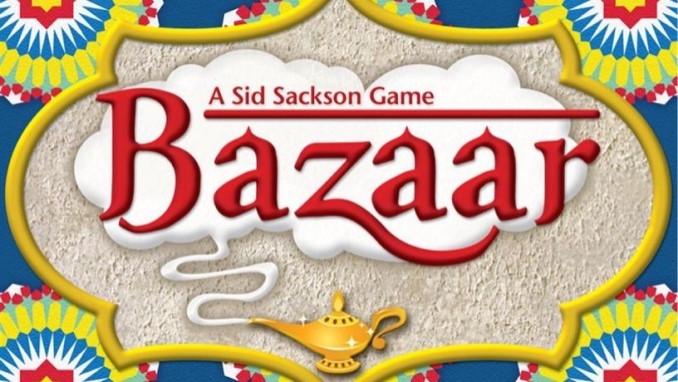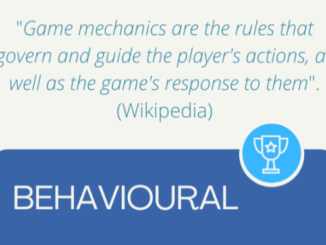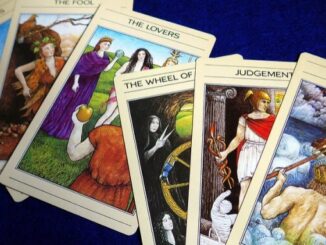
One of the greatest losses to the field of Ludology was the breaking up of Sid Sackson’s lifetime collection of games, after his death in 2002. The collection, estimated to contain about 18,000 games, was irreplaceable. Many of the games existed nowhere else, having either been designed by him, or having been sent to him by aspiring designers for his feedback and guidance.
Sackson was prolific when it came to creating games, as well as being someone who found inspiration everywhere. He was also part of many games design groups. When looking at his legacy, we can also consider the output of those who fell under his influence. In the preface(s) of the 1982 edition of A Gamut of Games, he mentions dozens of people who have helped him with inspiration, playtesting and who have contributed games to his collection, and to the book itself.
A Gamut of Games is available on Amazon

One of the best ways that we, as games designers, can benefit from Sackson’s legacy is through his books. Acquire may have been his most famous commercial produced game, but the many ‘smaller’ games to be found in the pages of his many books, truly reveal how he was ‘intrigued by what makes a game tick’.
Acquire is available on Amazon
The spirit of Sackson’s curiosity, and the ingenuity and invention it spurred is continued today in games systems (link) that provide toys for creating games, such as Pyramid Arcade, and the communities of creators that surround them. But there is no need to move beyond the basic gameplaying components you already have if you want to partake in a Sackson-like game design experiment.
Pyramid Arcade is available on Amazon
The games in A Gamut of Games use playing cards, dice, coins, dominos, checkerboards and pencil and paper. Many of them are tweaks of existing games to provide a new experience or to expand the possibilities or circumstances in which a popular game can be played. For example, a version of Bridge for two, or two-handed Poker which does not require stakes.
Osmosis – a Game for ‘Protean pieces of Pasteboard’
Osmosis is a game created by Sackson, for 2 – 4 players, using a (partial) deck of cards, and is interesting, to me, for two main reasons. First the game itself is hard to tie down, in terms of strategy. What constitutes a good hand or a good play? That, Sackson claims, is more a matter of intuition, than logic.
It’s a game of trades. Each player takes turns offering a trade, from their hand, and the responder can trade ‘up’ – with a same suited card of higher value, ‘low’, by playing the 7 of the suit, or the highest card in a sequence containing the 7, or ‘off’, playing two cards of any value from other suits. The trade is made and players place the cards they have gained on the table in front of them.
In all but their first trade, responders must offer cards from the visible cards on the table, which creates an interesting asymmetry in access to information between asker and responder. It also means that cards in hand are gradually depleted. Once that happens, cards on the table are taken into hand and the process begins again.
The game ends when one player takes up four or fewer cards, or a player takes up eleven or more cards from the table, with the scoring favouring those with more cards in their possession.
The second reason this game is interesting is because of the brief commentary, by Sackson, that precedes it in the book, where he claims that he doesn’t know where his idea for the game came from, that ‘the ideas seemed to flow shapelessly around until, before I realized it, they had taken concrete shape.’
Sackson’s books are full of commentary like this, reflecting, I believe, how he ‘primed’ himself to receive inspiration as an ongoing practice.

Knight’s Chase – a Riff on the Knight’s Move
Osmosis appears in a chapter entitled ’Protean Pieces of Pasteboard’, and Sackson explored the possibilities of playing cards prolifically. Other game components are well represented too. The game ‘Knight Chase’, was contributed to A Gamut of Games by Alex Randolph, the winner of the 1982 Spiel de Jahres for Enchanted Forest, and who worked with Sackson on TwixT.
Twixt (vintage collectible) is available on Amazon
Enchanted Forest is available on Amazon
It uses a chessboard and one knight of each colour. A classic chase, this game reflects the tendency of Sackson, and his associates, of taking some aspects of a game without change, but then adding or adapting others to make a totally new game experience.
In this case, the knight’s move is retained, but also added are markers which block movement to spaces that have already been visited, and those chosen strategically, by players.
Hints to Think and Design like Sackson
Sackson designed 100s of games during his career. Not all of them became massive commercial successes, but some definitely did. Even the one which ‘only’ made it into his own books, though, glitter with innovation and inventiveness, so how can we, as designers, channel some of that great stuff?
- Just Do it? Much like ‘Writers write’, games designers have to design. Build regular practice into your routine. That doesn’t have to mean that you are always working on a large-scale project. In fact, it may very well be more effective to adopt small exercises but more regularly – every day or every week for example. The really essential thing is to class this practice as SOMETHING IMPORTANT (not to push it aside until everything else is done), and to set aside dedicated time to do it. For ideas of the kinds of practice you could adopt, see below.
- Play games – lots of them. The more games you play, the more different experiences, mechanics, toys and so you will be exposed to, and any one of these could be the trigger for that killer idea – the one that provides the perfect solution for your latest games-based learning client, or turns into the commercial game that makes your name. Seek out games, genres and mechanics that are new to you to gain maximum benefit from this practice.
- ‘Reskin’ well-known games. There are good reasons that some games become classics and persist, sometimes for centuries. What can you take from say Chess, Poker or even Snakes and Ladders, that already works well? What can you then add to make the game totally different, playable in a different way or make it applicable to a different setting – games-based learning, for example. This practice could be a full-blown design exercise resulting in an actual game, or equally, it could be a five-minute thought experiment that starts with a simple question, e.g. ‘If I replaced a chess piece with one I created, what would it be called, and how would it move/work?’
- Consider everything you see / hear /experience as fodder for games. There are lots of ways you could do this. Set a time (alarm on your phone) and when that happens, look around through a playful lens and see what occurs. Alternatively, just go about your day, and when you remember that is what you are doing, reflect on the inspirations surrounding you at that moment. Or, deliberately play a ‘game’ to find inspiration – stick pins in a book, shuffle and select image cards, play The Exquisite Corpse with some colleagues…..
- Increase your exposure to novel experiences. Alongside playing more games try to introduce more variety generally. Take different routes when you travel, listen to a new podcast. Try a new author or newspaper, new food, a new language, new music – you get the idea.
- Play with others. Playing more games is obviously one way to bring new people into your life, so why stop at playing. Bounce your ideas off others, do design challenges together. Create a regular playing/designing group meeting. Find time just to talk about games and play – what others have made and played. The alliances that Sackson formed throughout his life inspired everybody involved to better work. Use other people for accountability and make a habit of sending each other snippets of inspiration.
- Play with toys. Many of the game Sackson created used playing cards and other common components. Take a pack of cards, or dice, or chessboard or whatever, and just start to play. ‘Aimless’ play (just picking things up, moving pieces, dealing cards, balancing objects etc.) can spur all sorts of ideas, but by all means, be more purposeful if you wish. Take components from two or more existing games and reflect for a few minutes on how they could work together and what a new game that uses them might look like.
- Think about ‘what makes games tick’. I promise that this does not ‘take the fun out’ of playing. Far from it. But when playing, reflect on the mechanics of the game, the experiences they create, which work well, and which don’t. Think about how the mechanics of the game you are playing might look if they were ‘dressed up’ with a different theme. E.g. How might the hidden roles in Secret Hitler work in a game about crime detection?

It is often difficult when working in the ‘serious’ grown-up world of Workplace Learning (even when it is games-based) to find the time, or justify finding the time, to play. That is a shame because play can only improve the quality of the products and services we produce for our clients. The adoption therefore of a small, but regular practice, can help, by exercising play and design muscles, without taking too much time. Please share, in the comments, any of your own practices or tips, which you think could add to the above.
See Titles by Sid Sackson on Amazon
- James Bore – The Ransomeware Game - 13th February 2024
- Ipsodeckso – Risky Business - 23rd January 2024
- Review – Luma World Games - 15th December 2023





Be the first to comment